[OmniFaces utilities] The
responseSendError() method sends a HTTP response error with the given status and message. This will end up in either a custom <error-page> whose <error-code> matches the given status, or in a servlet container specific default error page if there is none. The message will be available in the error page as a request attribute with name javax.servlet.error.message. The FacesContext#responseComplete() will implicitly be called after sending the error. The HTTP response status is supposed to be in the range 4nn-5nn. You can use the constant field values of HttpServletResponse for this.
Note The
caller should preferably not catch the IOException thrown by this method,but
just re-declare it in the action method.The Servlet container will handle it.
Method:
See also: Faces#getContext() | Faces#hasContext() | Faces#setContext()
Usage:
Suppose that
we access a page as: shop.xhtml?product=id,
where id
is the unique product identifier
(e.g. a number between 1-100). We have this:
<h:head>
<title></title>
<f:metadata>
<f:viewParam
name="product"
value="#{productBean.product}"
validator="productValidator"/>
</f:metadata>
</h:head>
Now, this id must be validated before showing the product, and if it is an invalid product then return a 404
page error. For this, we can use the Faces#responseSendError(), as below:
import
org.omnifaces.util.Faces;
...
@FacesValidator(value
= "productValidator")
public class
ProductValidator implements Validator {
@Override
public void validate(FacesContext context,
UIComponent component, Object value)
throws ValidatorException {
int
id = Integer.parseInt((String) value);
if (check_id) {
try {
Faces.responseSendError(404,
"The product with unique product identifier, " + id + " cannot
be found !");
// or using,
HttpServletResponse#SC_NOT_FOUND
Faces.responseSendError(HttpServletResponse.SC_NOT_FOUND,
"The product with unique product identifier, " + id + " cannot be found !");
"The product with unique product identifier, " + id + " cannot be found !");
} catch (IOException ex) {
throw new FacesException(ex);
}
}
}
}
How the
user sees the error message ? Well, by default it will see it in a Servlet
container specific default error page, as below:
Or, you may
provide an error page and configure it in web.xml. A simple error.xhtml
page:
...
<h:body>
<h2>#{facesContext.externalContext.requestMap.get("javax.servlet.error.status_code")}</h2>
<hr/>
Error Desscription:
#{facesContext.externalContext.requestMap.get("javax.servlet.error.message")}<br/>
Servlet Name:
#{facesContext.externalContext.requestMap.get("javax.servlet.error.servlet_name")}
</h:body>
...
In web.xml,
it must be configured as:
<error-page>
<error-code>404</error-code>
<location>/faces/error.xhtml</location>
</error-page>
Now, the
result of an invalid id will be:
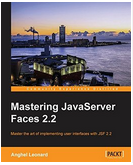








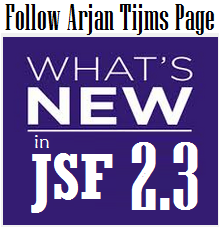

 Arrays
Arrays Converters
Converters


 JSF 2 Tutorials at www.mkyong.com
JSF 2 Tutorials at www.mkyong.com  JavaServer Faces (JSF) Tutorial
JavaServer Faces (JSF) Tutorial 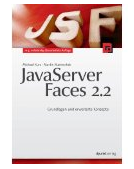
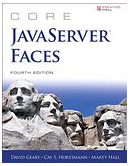


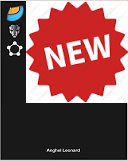

















Niciun comentariu :
Trimiteți un comentariu